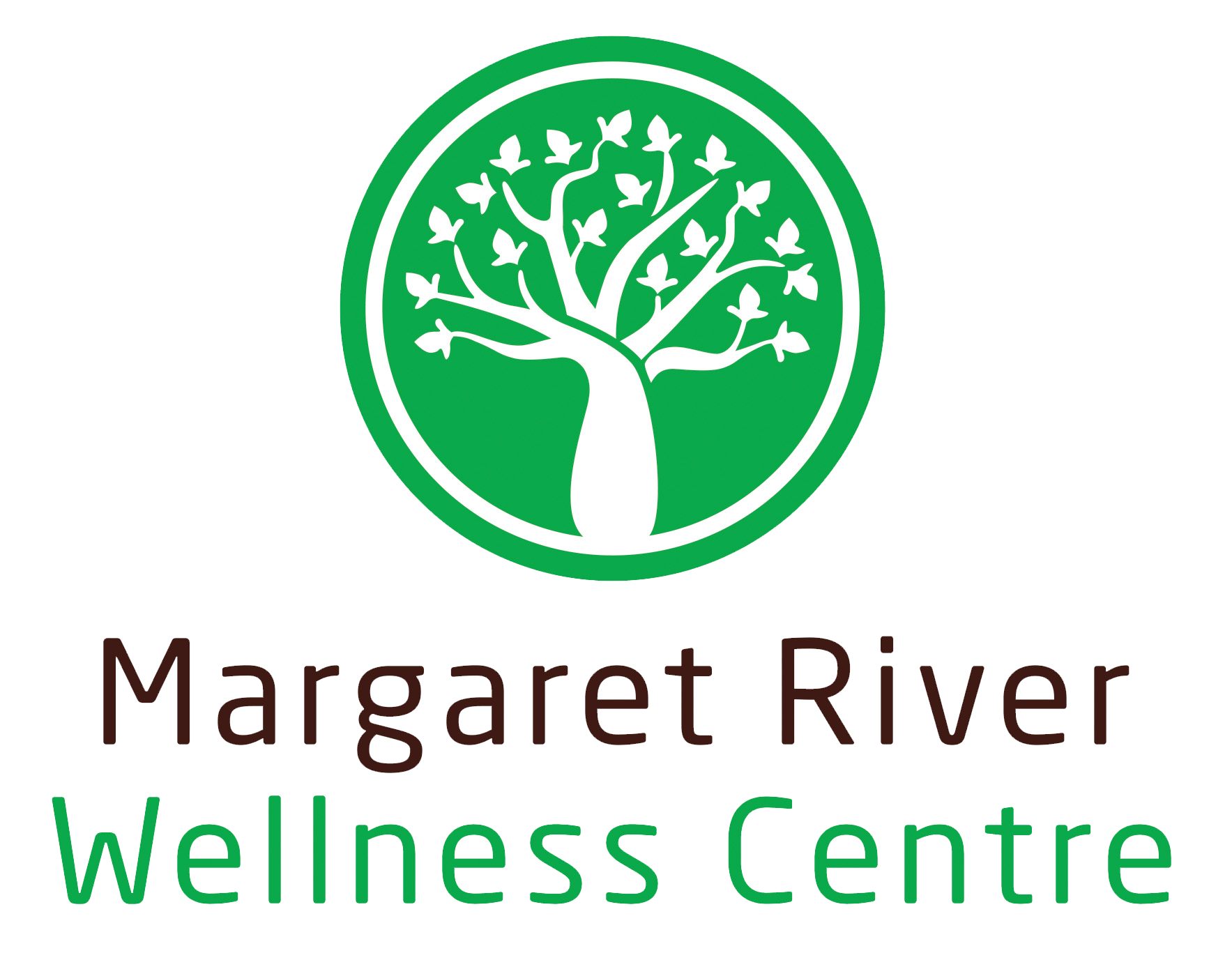Meditation: Types, Tips & Techniques
By Corrie Tipene
Meditation means different things to different people and comes in a huge variety of techniques and styles. It is practised within the world’s major religions, studied by scientists, doctors and psychologists. It is said to decrease stress, improve mental clarity, energy, and foster creativity. Some of the most successful innovators in history have been dedicated meditators.
It is an excellent tool to incorporate into your daily routine, especially during times of distress. Whether you’re handling a work challenge, your a busy parent, dealing with a physical illness or going through a breakup, meditation can focus your internal lens and bring you greater clarity and peace. Meditation has been scientifically proven to mitigate addiction, depression, anxiety, stress, cognitive function, and even eating disorders.
TWO WAYS TO MEDITATE:
There are many ways to meditate, my intention is to simply encourage you to try a couple of different techniques to ease you into this beautiful practice; "Spot or Short Meditations" are short meditations anything from a few seconds to ten minutes, implemented when you notice you're a bit stressed, feel overwhelmed, frustrated, agitated or when you have a few spare minutes. Short meditations are likely to happen spontaneously, in moments of frustration, i.e. when waiting for the lights to turn green or lining up for the bank ~ there is no force or discipline required with this meditation.
During a spot meditation you won't find yourself slipping into profound states of rest or relaxation, and that's not the intention. These quick meditations are much more practical — designed simply to keep you out of the stress zone. "Formal Meditation"is what most people think of meditation. The image of someone sitting cross-legged, with their back upright and a serene expression on their face, captures the intent of this type of practice. Formal meditations are likely to be longer — usually 10 minutes or more. They'll usually be done seated, on a chair, floor, couch and probably with the eyes closed.
Formal meditations lead to deeper relaxation as it takes 12 to 15 minutes for our bodies to wind down and for stress-inducing hormones to fade from the bloodstream, and mental clarity. The effects of this type of meditation can linger for some time and these more formal 'sittings' can also lead to unusually deep states of relaxation and calm, allowing both body and mind to rest and repair. I invite you to try on the spot/ short meditation ~ where you focus on your breath ~ breathing in for 8 seconds, holding for 2 seconds and breathing out for 8 secs ~ do this 3 times and whenever you feel stressed to bring you back to your centre.
I also invite you to try a 15 minute guided meditation at your leisure ~ I recommend "live awake - S03 remembering your innate wisdom"


